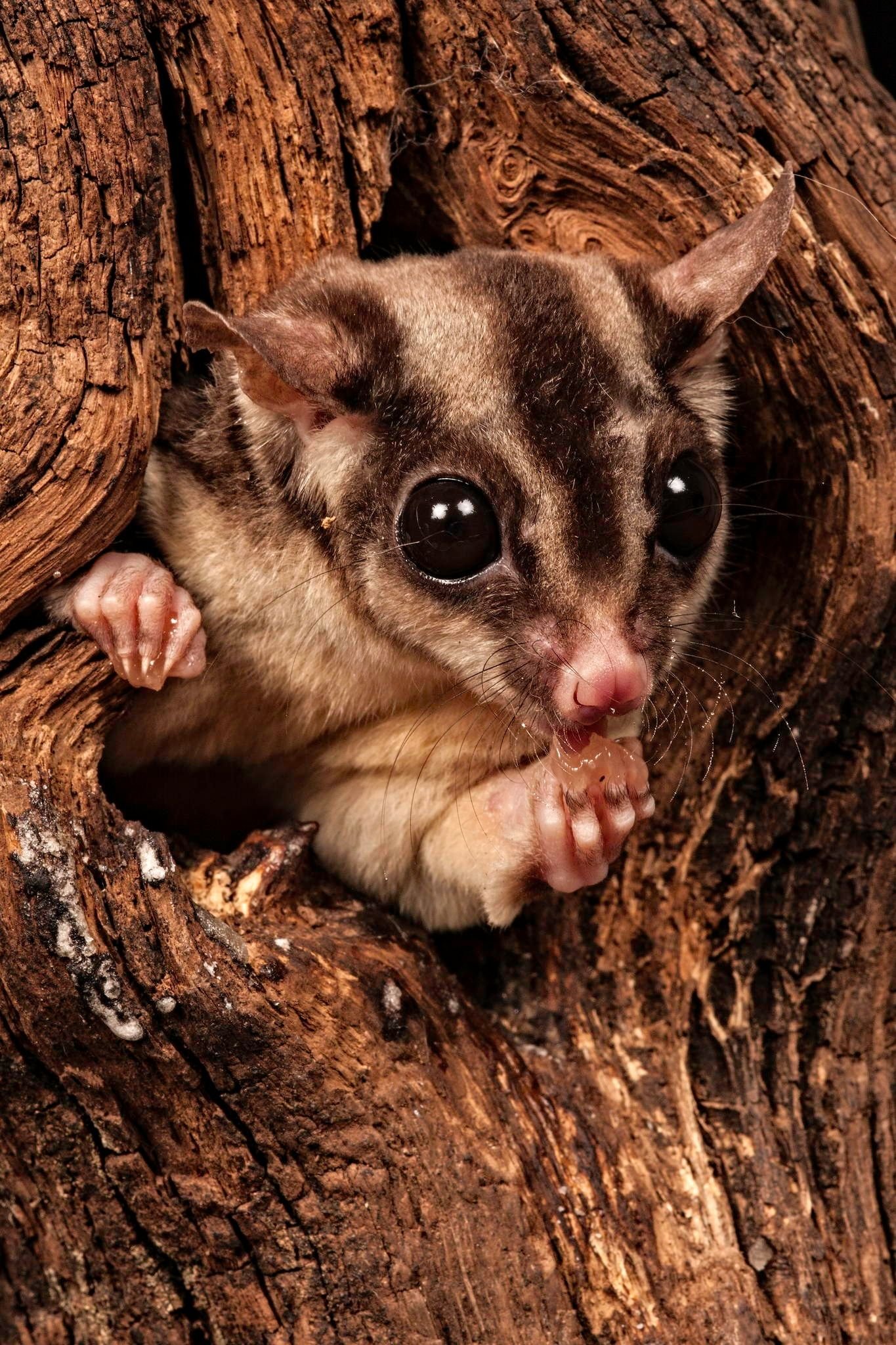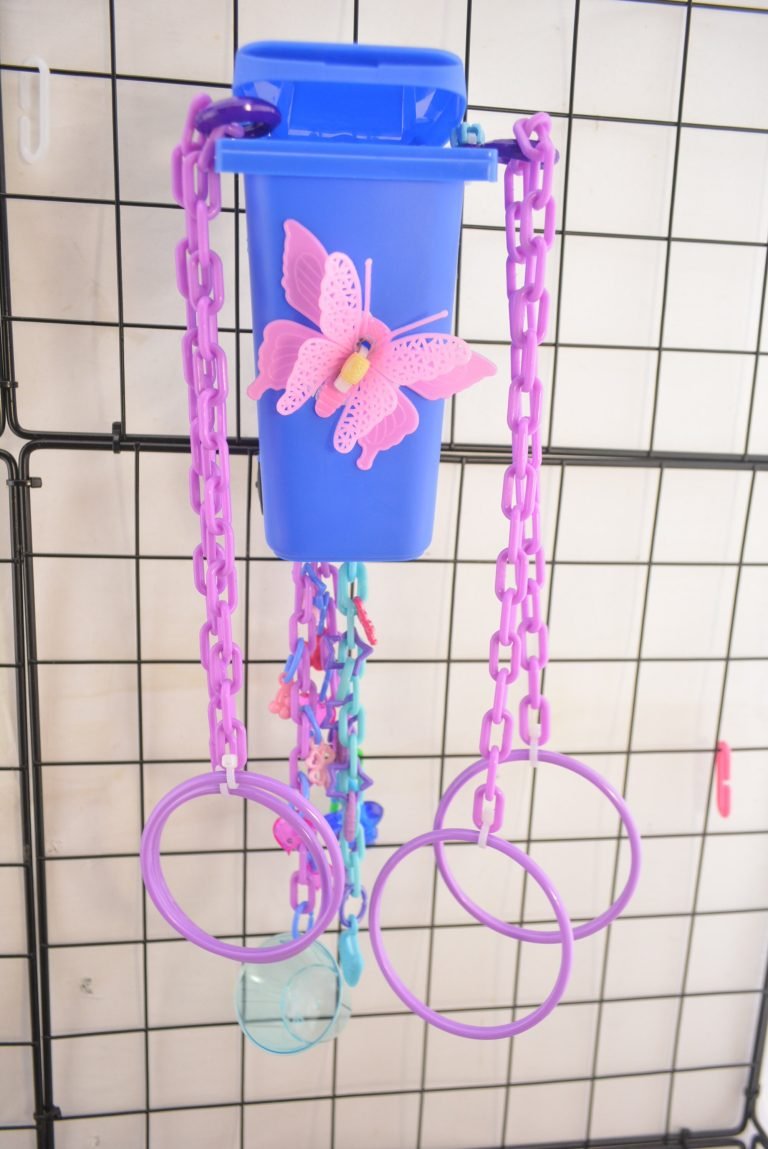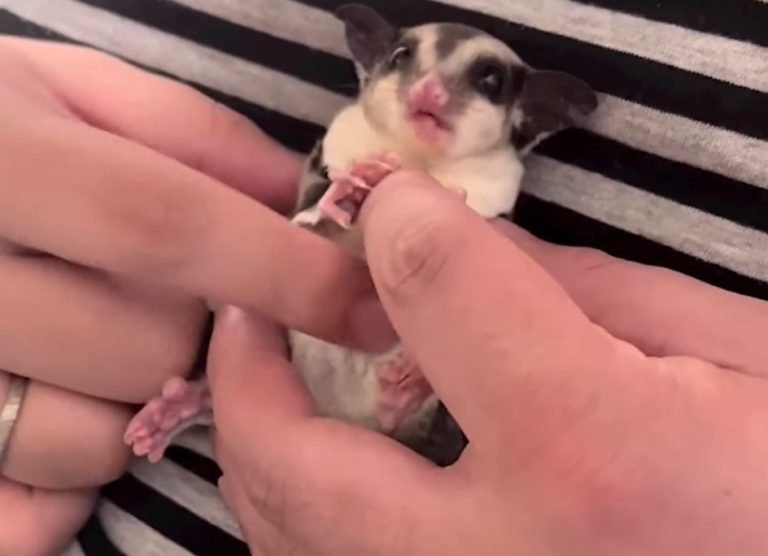Is A Flying Squirrel A Sugar Glider
Is a Flying Squirrel a Sugar Glider?
If you’ve ever seen a flying squirrel and a sugar glider, you might have wondered if they are the same thing. After all, they both have the ability to glide through the air, and they both have fluffy, adorable appearances. But are they really the same? The answer is no, a flying squirrel is not a sugar glider. While they may share some similarities, they are two distinct species with their own unique characteristics. Let’s dive deeper into the world of flying squirrels and sugar gliders to understand the differences between them.
1. Flying Squirrels
Flying squirrels belong to the Sciuridae family, which includes tree squirrels, chipmunks, and ground squirrels. Unlike their ground-dwelling relatives, flying squirrels have a unique adaptation that allows them to glide through the air. They have a furry membrane called a patagium that stretches between their forelimbs and hindlimbs, enabling them to glide effortlessly from tree to tree.
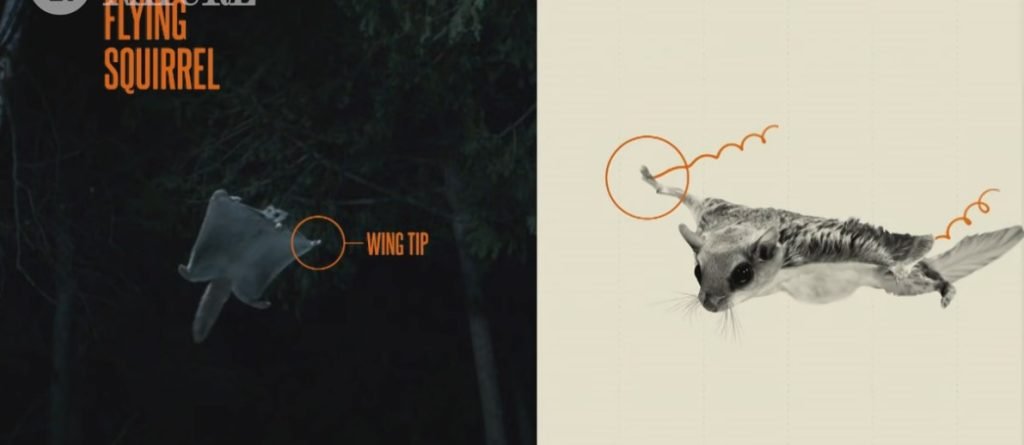
There are many different species of flying squirrels found across the world, with some residing in North America, Europe, and Asia. They are typically nocturnal creatures, spending their days nestled within tree cavities, and venturing out to forage for food at night. Their diet consists of nuts, seeds, fruits, and insects.
Flying Squirrel Characteristics:
– Nocturnal animals
– Have a patagium (membrane) that allows them to glide
– Require trees for shelter and food
– Primarily eat nuts, seeds, fruits, and insects
2. Sugar Gliders
Sugar gliders, on the other hand, are small marsupials that belong to the Petauridae family, which includes gliding possums. They are native to Australia, New Guinea, and Indonesia. Sugar gliders earned their name from their preference for sweet nectar and sap, which they consume by licking the liquid with their long tongues.
Like flying squirrels, sugar gliders have a gliding membrane that stretches from their forelimbs to their hindlimbs. They use this membrane to glide through the air, allowing them to travel between trees in search of food and shelter. In addition to their gliding abilities, sugar gliders are known for their sociable and playful nature, often forming strong bonds with their human caretakers.
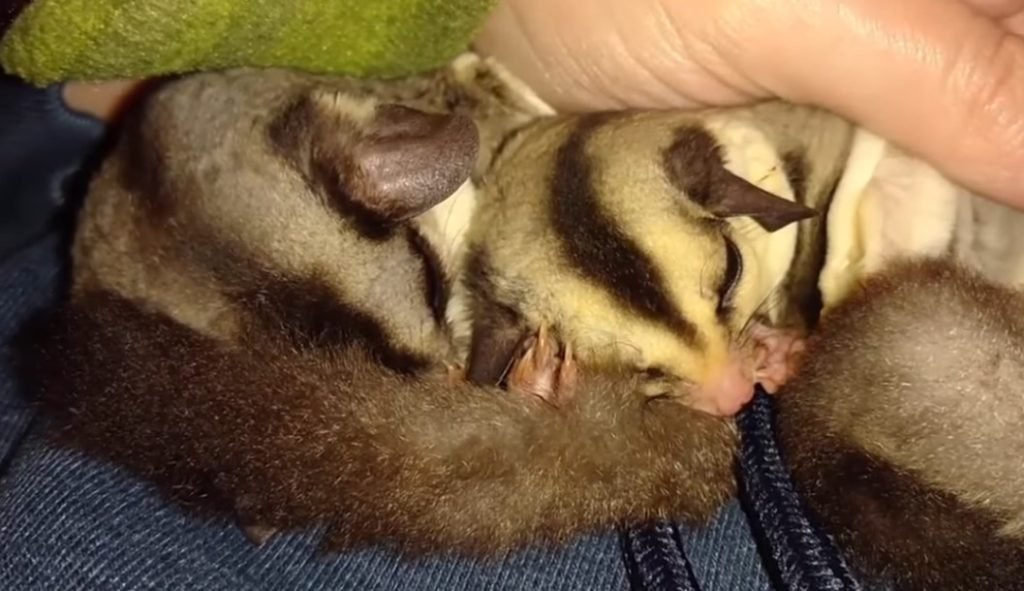
Sugar Glider Characteristics:
– Nocturnal animals
– Native to Australia, New Guinea, and Indonesia
– Consume sweet nectar and sap
– Form strong bonds with humans
3. Differences Between Flying Squirrels and Sugar Gliders
While flying squirrels and sugar gliders may have similar gliding abilities and lifestyles, there are several key differences that set them apart from each other.
Taxonomy: Flying squirrels belong to the family Sciuridae, while sugar gliders belong to the family Petauridae.
Geographical Distribution: Flying squirrels are found in North America, Europe, and Asia, whereas sugar gliders are native to Australia, New Guinea, and Indonesia.
Dietary Preferences: Flying squirrels primarily consume nuts, seeds, fruits, and insects, while sugar gliders have a sweet tooth and feed on nectar, sap, and fruit.
Size and Appearance: Sugar gliders are generally smaller than flying squirrels, with their bodies ranging in length from 5 to 7 inches. Flying squirrels, on the other hand, can grow up to 12 inches in length.
Biology and Physiology: Flying squirrels are rodents, while sugar gliders are marsupials. This means that sugar gliders have a pouch where they carry and nurture their young.
Frequently Asked Questions
Q: Can flying squirrels and sugar gliders live together?
A: While flying squirrels and sugar gliders may be similar in some ways, they have different social needs and communication styles. It is not recommended to house them together as they could become stressed or aggressive towards each other.
Q: Are flying squirrels and sugar gliders good pets?
A: Both flying squirrels and sugar gliders can make unique and challenging pets. They require specialized care, including a proper diet, spacious enclosures, and plenty of mental stimulation. Before considering either as a pet, it’s crucial to thoroughly research their needs and ensure you can meet their requirements for a happy and healthy life.
Q: Do flying squirrels and sugar gliders get along with humans?
A: Sugar gliders are known for forming strong bonds with their human caretakers and can become quite tame and affectionate. Flying squirrels, while they can be bonded to humans, may not display the same level of sociability and tend to be more reserved.
Final Thoughts
While flying squirrels and sugar gliders may both possess the incredible ability to glide through the air, they are different species with distinct characteristics. Flying squirrels are nocturnal rodents found in North America, Europe, and Asia, whereas sugar gliders are small marsupials native to Australia, New Guinea, and Indonesia. Understanding the differences between these enchanting creatures allows us to appreciate the unique traits and adaptations they have developed in their respective habitats. Whether you’re a fan of flying squirrels or sugar gliders, both animals offer a captivating glimpse into the wonders of the natural world.

